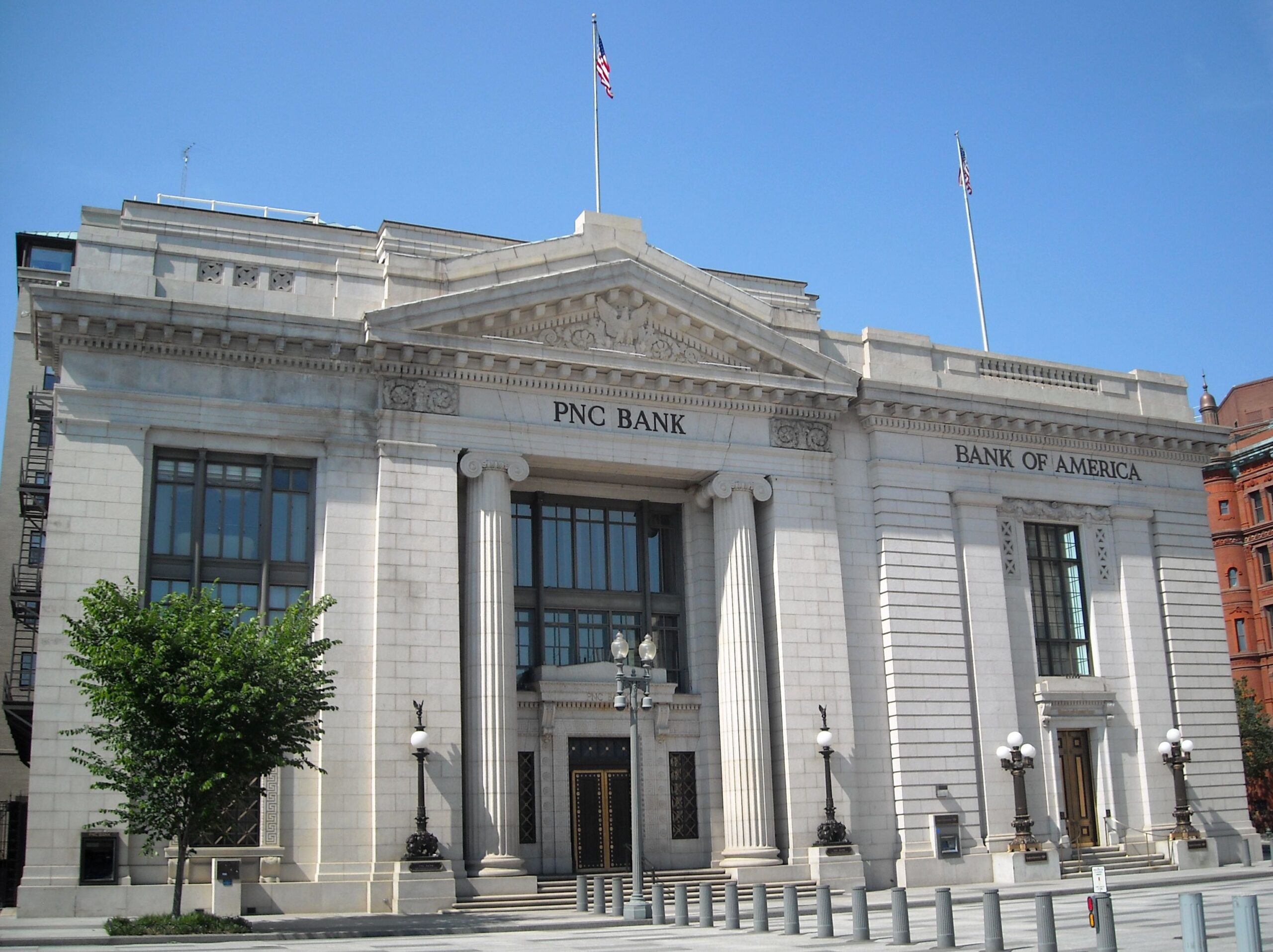
Introduction
The sterling, also known as the British pound or GBP, is one of the oldest currencies still in use today, first introduced in Anglo-Saxon England around the 8th century. Its long-standing history and stability make it a crucial player in the global financial system. In recent years, the pound’s value has fluctuated due to various economic factors, including Brexit and the pandemic. Understanding the current situation regarding the sterling currency is vital not only for investors but also for businesses and consumers who are part of the interconnected world economy.
Current Economic Context
As of October 2023, the value of the pound has seen significant shifts, particularly in the wake of the latest economic data released by the UK government. In September, inflation rates were reported at 6.7%, up from the previous month, leading to discussions about potential interest rate adjustments by the Bank of England. The central bank’s stance is critical, as higher interest rates generally strengthen the currency by attracting foreign investment. However, with rising costs of living and ongoing economic uncertainty, consumer confidence remains fragile.
Moreover, the ongoing cost of living crisis in the UK has made life more difficult for many households, leading to increased scrutiny of government economic policies. Recent surveys suggest that over 70% of UK citizens are concerned about their financial future, placing additional pressure on the government to implement effective measures to stabilize the economy.
Brexit’s Continued Influence
Another critical factor influencing the sterling is the ongoing implications of Brexit. Even more than two years since the transition period ended, the UK continues to navigate new trade agreements and regulatory frameworks with the EU and other nations. Businesses have reported challenges due to border customs complexities and a shortage of workers in various sectors, which all contribute to the volatility of the currency.
Global Market Response
Internationally, the pound’s performance against other major currencies like the US dollar and the Euro can influence global markets. Recent trading indicated a slight recovery phase for the GBP; however, analysts caution that factors like geopolitical tensions, especially relating to the Russia-Ukraine conflict, could impact its stability. Furthermore, the strengthening of the US dollar poses additional challenges for the pound, affecting export competitiveness.
Conclusion
The sterling currency remains a significant player in global finance, with its health directly tied to both domestic and international economic conditions. As the UK looks toward future growth, clarity on inflation, interest rates, and Brexit implications will be paramount in determining the stability of the pound. For investors, businesses, and consumers alike, keeping an eye on the developments around the sterling will be crucial to making informed decisions in an ever-evolving economic landscape. The performance of the sterling in the coming months could hold significant implications for the broader market, potentially impacting trade, prices, and overall economic sentiment.
You may also like

Current Status of the Bank of England Base Rate

The Importance of Money Transfer Services in Today’s World
